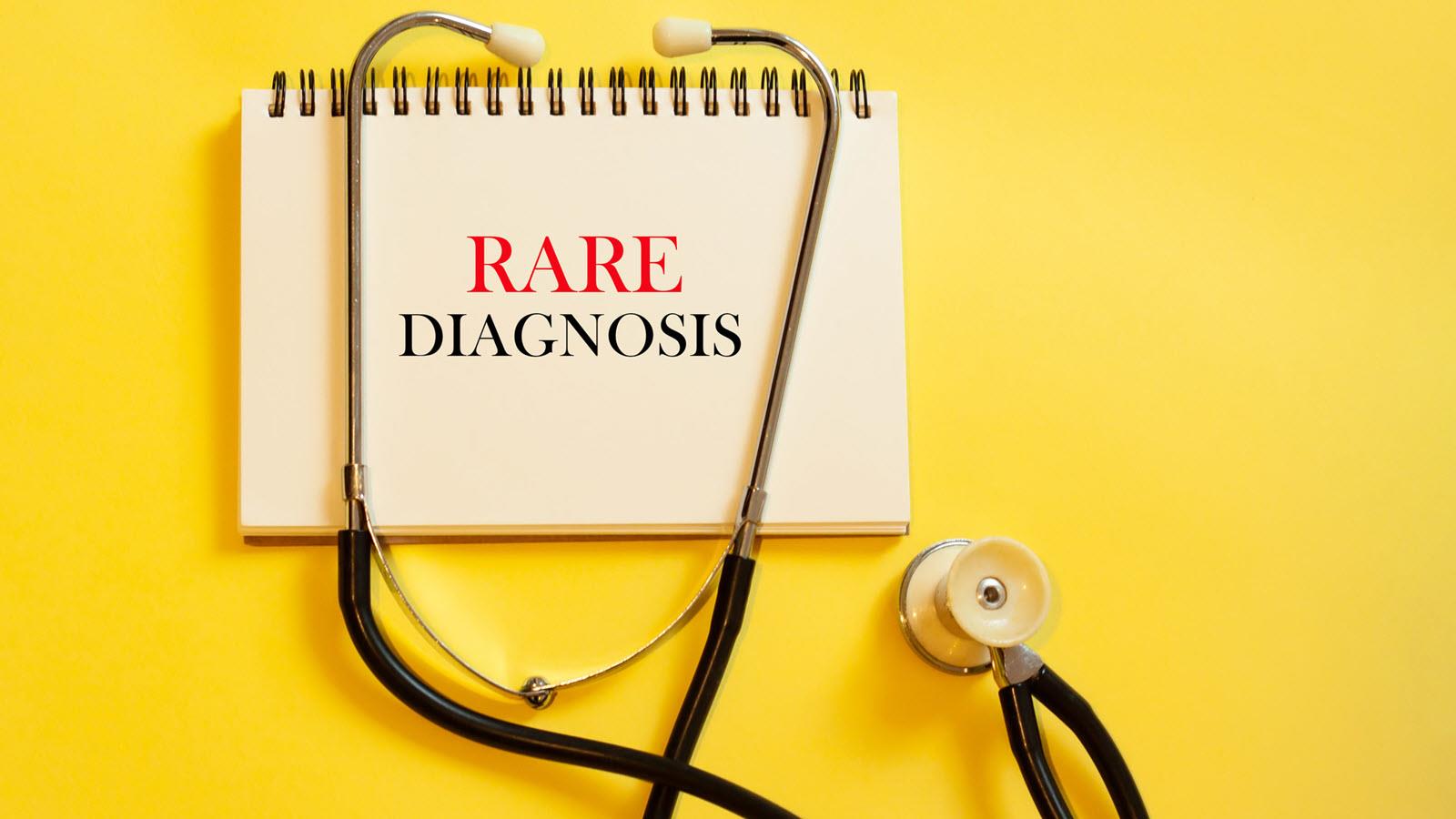In the United States, only about 7% of college students learn anything about rare diseases, which affect an estimated 300 million people, said Reena Kartha, the creator of a University of Minnesota course on the subject.
Kartha, an Assistant Professor at the University of Minnesota’s College of Pharmacy, added rare diseases to the list of pressing global challenges presented to students in “Grand Challenge” courses. The suite of classes, which covers issues such as climate change and human rights, also includes Kartha’s course: “Rare Diseases: What it Takes to Be a Medical Orphan.” She wants to shake things up to benefit rare disease patients, saying it’s not just future doctors and scientists who should understand this public health issue.
"On average, 17% of undergrads in the pre-med track get into medical school. We are missing the remaining 83% of students who are going into other professions,” Kartha said when she addressed the 2022 National Organization for Rare Disorders (NORD) Breakthrough Summit. “The biology of a disease is just one aspect of it, there is more to it.”
Patients need policy makers, health care workers and economists to be allies who understand this complex issue, she said.
Her class takes a hands-on approach to introduce the plight of rare disease patients – few rare diseases have treatments or cures – and encourages students to do something about it. In readings and seminars, students learn about patient advocacy and drug development. For their final projects, they create awareness-building campaigns and work with patient organizations. Completed projects include social media support for patient groups; travel checklists for participants in clinical trials; and a play that communicates what it’s like to live with a rare disease.
“The students are doing something in 10 weeks’ time that goes beyond the classroom,” Kartha said. “They almost always feel like they’ve accomplished something that is not going to stay on the teacher's desk, but rather something that's going to be out there helping someone.”



